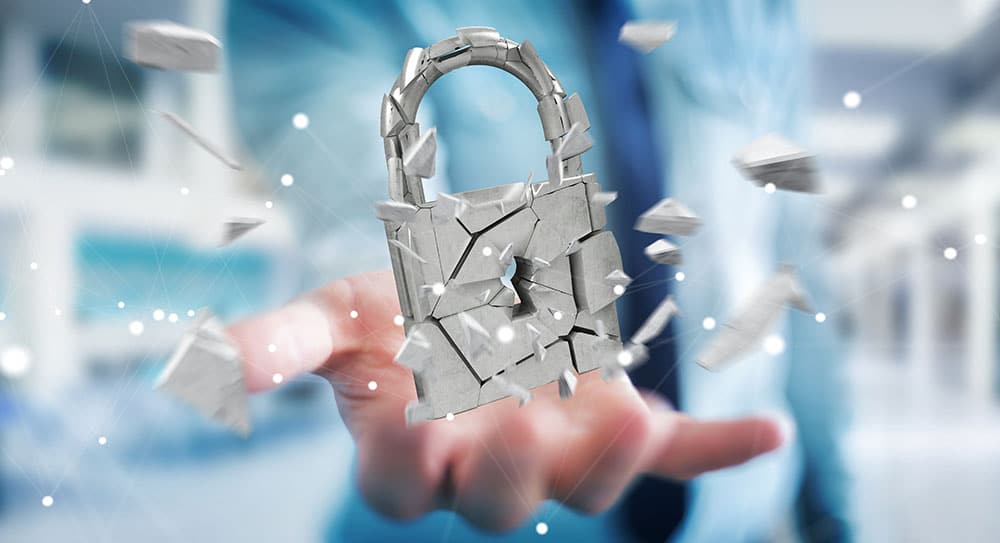Routine disintegrator maintenance is imperative to keeping any disintegrator functioning like a fine tuned machine. Unfortunately, disintegrator preventative maintenance is habitually an afterthought and this oversight can lead to costly repairs and aggravation. The majority of disintegrators are stationed in high security environments where classified or sensitive materials need to be destroyed in a timely, efficient manner. Whether it is a matter of national security or to protect business interests you need your disintegrator to work and get the job done every single time!
In order to ensure our clients effectively maintain their disintegrator systems, SEM has incorporated a Service Guaranteed 20 Point Preventative Maintenance Service Program (listed below). SEM disintegrator preventative maintenance consists of a scheduled visit(s) by an authorized factory trained SEM service representative who will perform the at-site labor. This scheduled maintenance lineup includes three core areas of focus: The disintegrator system, evacuation system and electrical system. All three of these system operatives are symbiotic; when one is not maintained properly it causes more stress and wear on the rest of the system.
Disintegrator System:
1. Installation of sharpened knives,
2. Calibrate installed knives to application for optimal performance.
3. Remove old knives.
4. Sharpen spare knives.
5. Grease your rotor bearings.
6. Inspect hopper for easy opening and closing to cutting chamber.
7. Inspect rotor for excessive wear.
8. Inspect screen for proper fit and wear.
9. Inspect drive belt for wear.
10. Adjust drive belt tension to factory specifications for maximum efficiency.
11. Check sheave bolt tension and set to factory specifications.
Evacuation System:
12. Inspect fan for proper operation.
13. Inspect evacuation system for leaks.
14. Lubricate and grease air system as required.
15. Adjust flow controls as needed.
16. Inspect filter.
17. Shake filter and empty debris as required.
Electrical System:
18. Inspect all safety switches ensuring the function properly.
19. Inspect all starters ensuring proper operation.
Reports:
20. Complete evaluation report with recommendations.
How does this 20 Point Service Program work? At SEM we have several different ways of helping you determine which service arrangement works for you. If you are buying a new disintegrator our industry leading sales representatives will qualify you what type of service plan works for you based on your disintegrator system/model, volume of destruction and budget. If you already have an existing disintegrator we can schedule an immediate service call to get you tuned up and inspect wear mechanisms.
Once you have determined that a disintegrator service plan is sought after, our team will facilitate your scheduled service. Your scheduled service can consist of a onetime service call or an annual PM contract. Our best service option is our annual PM contracts, consisting of multiple service calls and is the most cost effective in the long run.
SEM’s 20 Point Preventative Maintenance is designed to spot small problems before they become big problems and keep your systems performing at peak efficiency with minimum downtime. SEM’s highly skilled service technicians service all major brands of disintegrators and are trained on all system components. Our service network has several locations throughout the United States and the world; there is no location we cannot get to!













 In the Movie “Mad Money”, a story about three Federal Reserve Bank employees whose role is to destroy old, worn-out currency, Queen Latifah, Diane Keaton and Katie Holmes are shown feeding the currency into an SEM disintegrator, of course they “‘borrowed” some of it before it entered the system.
In the Movie “Mad Money”, a story about three Federal Reserve Bank employees whose role is to destroy old, worn-out currency, Queen Latifah, Diane Keaton and Katie Holmes are shown feeding the currency into an SEM disintegrator, of course they “‘borrowed” some of it before it entered the system.
